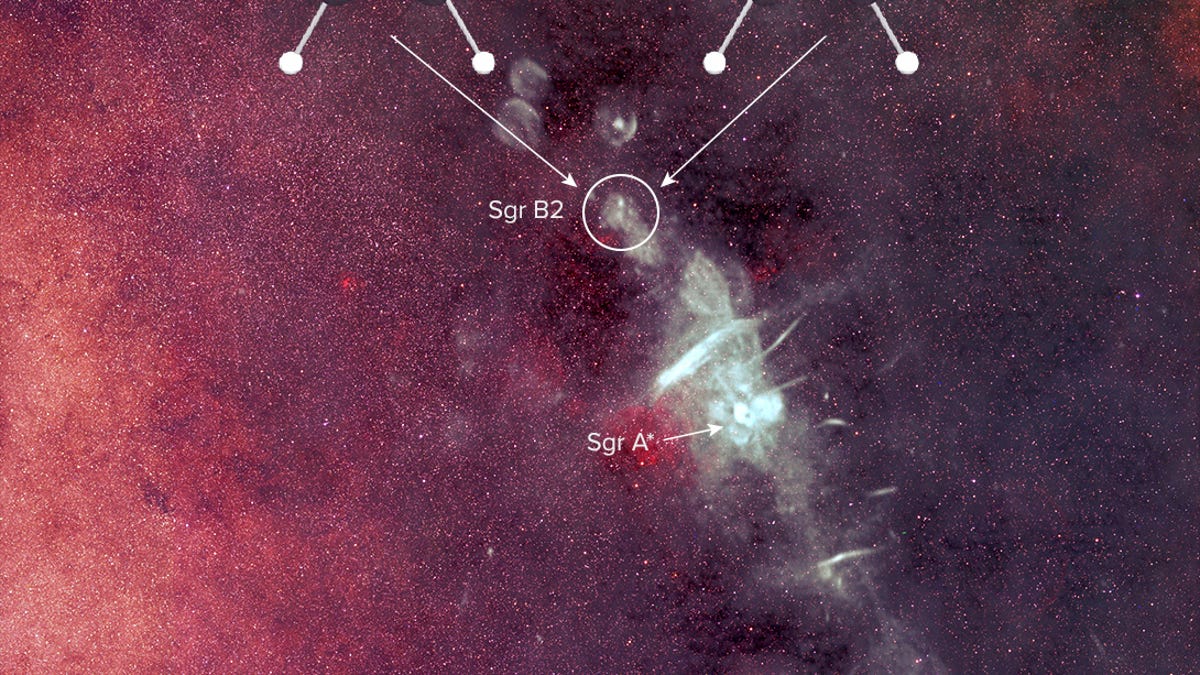Interstellar molecule could help solve mystery of life
The Parkes Radio Telescope has found a molecule near the heart of the Milky Way that demonstrates a feature found in molecules associated with life.
It's such a tiny thing, the molecule, yet one found 25,000 light-years away could help solve one of the biggest mysteries about how life forms in the universe.
The molecule, propylene oxide, demonstrates a property called chirality. This is also called "handedness" as, like your hands, chiral molecules exist in forms that mirror each other. Here on Earth, living things use molecules that only have one "side". The sugars in DNA, for instance, are exclusively right-handed, which gives DNA its spiral double helix shape. This is called homochirality.
The discovery of this propylene oxide marks the first time a chiral molecule has been found outside the solar system. Scientists don't yet understand how life came to rely on homochirality, but this discovery could help.
One hypothesis has to do with the way chiral molecules form in space before being incorporated into asteroids that fall onto planets. Meteorites in the solar system have been found to contain chiral molecules that predate Earth.
"By discovering a chiral molecule in space, we finally have a way to study where and how these molecules form before they find their way into meteorites and comets, and to understand the role they play in the origins of homochirality and life," explained co-author Brett McGuire of the National Radio Astronomy Observatory in Virginia.
The molecule was found in a cloud of star-forming gas called Sagittarius B2, located 390 light-years from the centre of the Milky Way galaxy.
Of the 180 interstellar molecules discovered so far, the chiral propylene oxide molecule is the first that offers clues to the mystery of homochirality.
"Detecting this molecule opens the door for further experiments determining how and where molecular handedness emerges and why one form may be slightly more abundant than the other," said co-author Brandon Carroll of the California Institute of Technology.


